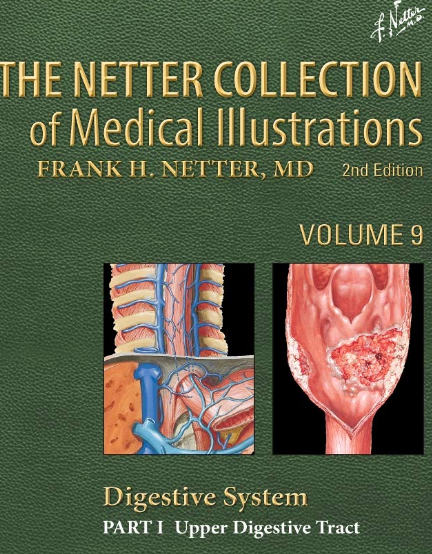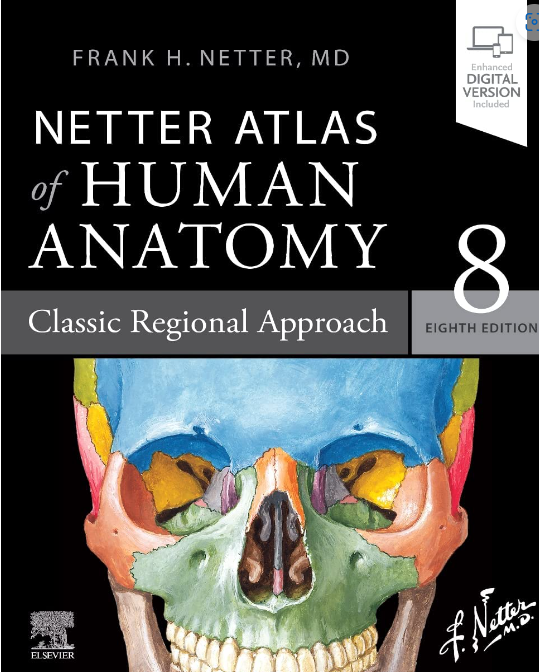The Netter Collection of Medical Illustrations: A Visual Guide to Human Anatomy and Pathology
The Netter Collection of Medical Illustrations, originally the CIBA Collection of Medical Illustrations (green books), is a cornerstone resource in the field of medical education. Compiled by the famed medical illustrator Frank H. Netter, M.D., the collection has been a trusted reference for medical professionals and students for over 70 years [1].
Authority and Completeness

The Netter Collection boasts an unparalleled reputation for accuracy and clarity. Dr. Netter, himself a physician, meticulously crafted illustrations that depict human anatomy, physiology, and pathology in stunning detail [2]. The collection is overseen by a team of editors who are experts in their respective fields, ensuring the information remains current with the latest medical advancements [3].
In terms of completeness, the Netter Collection is a comprehensive library encompassing various systems of the human body. The current iteration, spread across nine volumes (fourteen books), covers a vast array of topics, including:
- Skeletal System
- Musculoskeletal System
- Nervous System
- Reproductive System
- Endocrine System
- Digestive System
- Cardiovascular System
- Respiratory System
- Urinary System
Each volume delves into intricate details, providing a visual representation of normal structures alongside pathological conditions. This makes the collection a valuable asset for medical students grasping foundational knowledge and seasoned practitioners seeking a visual reference for complex medical cases [4].
Readability
The true strength of the Netter Collection lies in its exceptional readability. Dr. Netter’s illustrations are more than just scientifically accurate; they are works of art. His use of vibrant colors, clear labeling, and dynamic compositions makes even the most intricate anatomical structures easy to understand [5].
The text accompanying the illustrations is concise and informative, providing essential details without overwhelming the reader. This makes the collection a valuable resource for both visual and non-visual learners.
In Conclusion
The Netter Collection of Medical Illustrations is an exceptional resource for anyone interested in human anatomy and pathology. Its authority, completeness, and readability make it a valuable addition to any medical professional’s library or a fascinating exploration for those curious about the human body.
Sources:
- [1] Netter Collection of Medical Illustrations
- [2] Frank H. Netter, M.D.: rental available
- [3] The Netter Collection Editorial Board: [Not publicly available information, but most medical textbooks include information about the editorial board]
- [4] Netter Collection of Medical Illustrations
- [5] “clarification of a subject is the aim and goal of illustration” – Frank H. Netter:
- Netter Atlas of Human Anatomy
